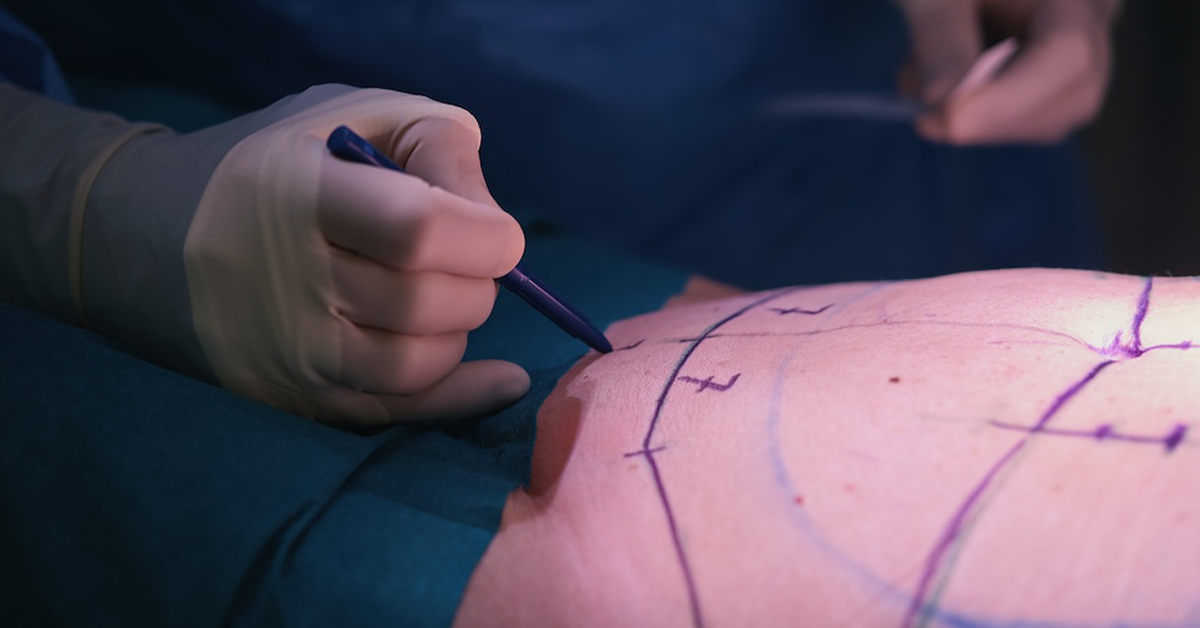What Are the Risks of Liposuction?
Liposuction is a cosmetic surgical procedure that involves the removal of excess fat from specific areas of the body to improve contour and shape. While the procedure can provide significant aesthetic improvements, it’s crucial to understand the potential risks involved.
Understanding Liposuction
Lipo is commonly chosen by individuals who want to eliminate stubborn fat deposits that are resistant to diet and exercise. The procedure offers various techniques, such as tumescent, laser-assisted, or ultrasound-assisted Lipo. It’s vital to fully comprehend the procedure and its options before deciding to proceed.
Common Risks and Complications
1. Infection
Infections can occur following any surgical procedure, including Liposuction. Symptoms may include fever, prolonged pain, and unusual discharge. Immediate medical intervention and appropriate antibiotics are crucial for effective infection management.
2. Skin Irregularities
After surgery, the skin may appear bumpy or wavy. In some cases, revision surgery may be necessary to correct these irregularities.
3. Fluid Accumulation
Seromas or hematomas can form, leading to pockets of fluid accumulating under the skin. Drainage may be required to address this issue.
4. Numbness
Temporary or permanent changes in sensation in the treated area can occur. This can affect tactile sensitivity.
5. Scarring
Scarring is an inevitable outcome of Lipoplasty. Proper aftercare and scar management techniques can help reduce their visibility.
6. Anesthesia Risks
Like all surgical procedures, Lipo carries risks related to anesthesia, including potential adverse reactions or complications.
Less Common but Serious Risks
1. Blood Clots
Blood clots can form and pose a risk of deep vein thrombosis. Immediate medical attention is required in such cases.
2. Skin Necrosis
Rarely, skin over the treated area may die, requiring additional surgical intervention.
3. Allergic Reactions
Allergic reactions to anesthesia or surgical materials can occur. It’s crucial to be aware of any allergies you may have beforehand.
4. Delayed Healing
Factors like poor circulation or infection can lead to slow wound healing, increasing the risk of further complications.
Long-Term Considerations
1. Results Longevity
The effects of liposuction are generally long-lasting, provided you maintain a stable weight and healthy lifestyle.
2. Future Procedures
Liposuction may not be a one-time procedure, especially if you’re unhappy with the results or if complications arise.
3. Impact on Overall Health
Discuss any pre-existing health conditions with your surgeon, as Lipo may have implications for your overall health.
Minimizing Risks and Ensuring Safety
1. Choosing a Qualified Surgeon
Select a board-certified, experienced surgeon for your procedure. Research their background, read reviews, and ask questions during your consultation.
2. Preoperative Assessment
A thorough preoperative evaluation is essential to determine if you’re a suitable candidate for the procedure and to identify any potential risk factors.
3. Following Postoperative Instructions
Strictly adhere to your surgeon’s postoperative guidelines, attend all follow-up appointments, and maintain a healthy lifestyle to ensure a smooth recovery and minimize risks.
Conclusion
Liposuction can deliver remarkable changes in body contour, but it’s vital to balance the potential risks against the expected benefits. Making an informed decision involves understanding the procedure, its risks, and how to mitigate them. A consultation with a qualified surgeon is an essential step in this journey.
Liposuction in Miami, FL
Liposuction is a surgical procedure that can help you attain the body shape you desire. If you are interested in learning more, call us now at (305) 406-9055 or schedule a consultation online Now.







